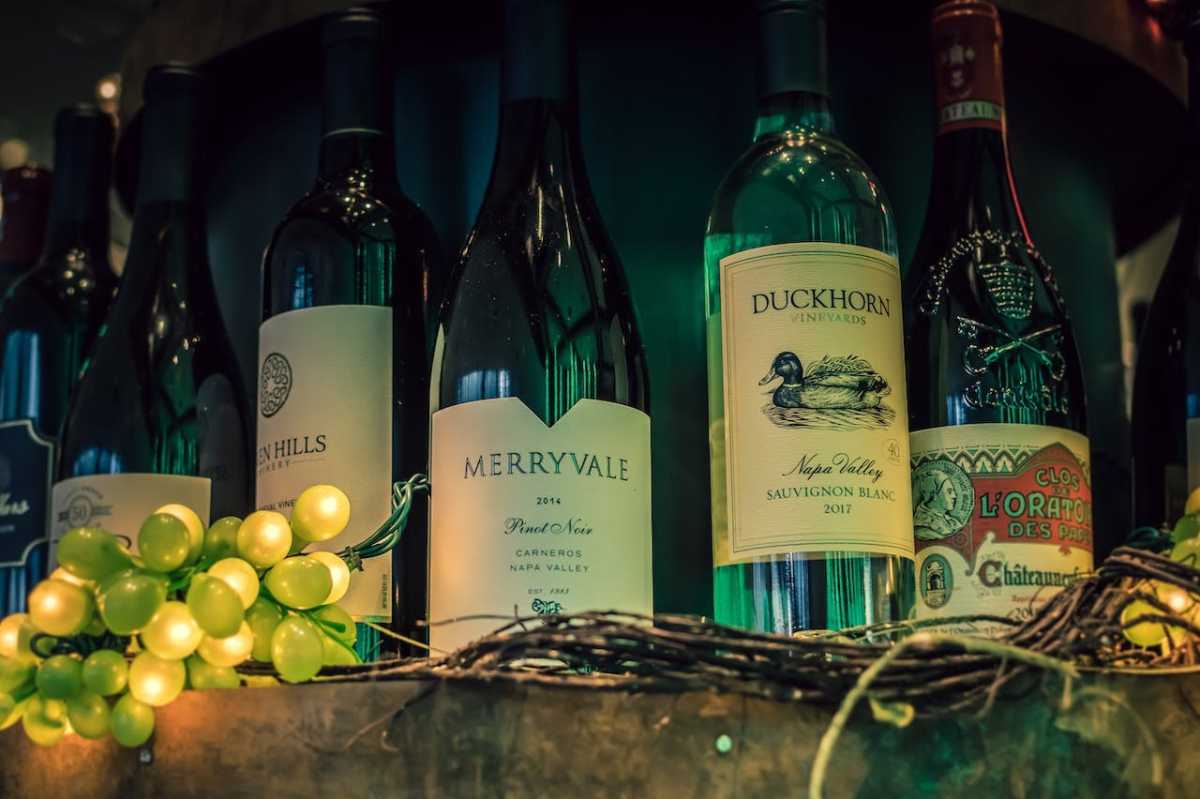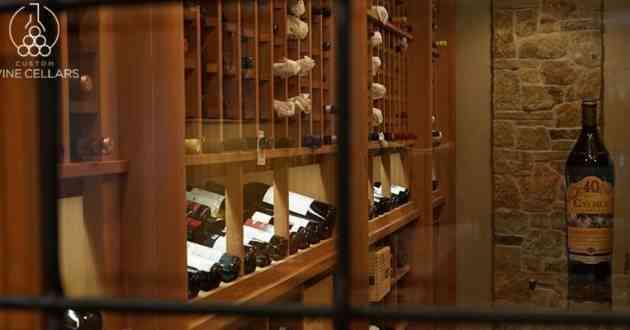6 Signs To Look For When Seeking High-quality Wine
- - Category: Wines & Spirits
- - 13 Dec, 2023
- - Views: 169
- Save

When it comes to selecting a bottle of wine, the vast array of options can be overwhelming.
When it comes to selecting a bottle of wine, the vast array of options can be overwhelming. You may get overwhelmed by the variety of labels and vintages while browsing the wine list at a restaurant or walking into a wine shop. Still, there are hints here and there that might help you choose a very good wine. This post will explore six key indicators that distinguish high-quality wines. From the appearance of the glass to the complexity of flavors, these signals will help you navigate the world of wine with confidence, ensuring that every sip is a delightful experience.
1. Clarity and Vibrancy: The Visual Symphony of Quality Wines
The first impression of a wine often comes from its appearance. Observe closely how vibrant and clear the liquid is in your glass. Fine wines are transparent as glass and have a vibrant, bright hue. Examine how the glass absorbs and reflects light by holding it up to the light source. A great wine will be brilliant, a sign of careful grape selection and winemaking techniques.
Quality wines also showcase consistency in color from the core to the rim. This uniformity points to a grape harvest that was uniformly ripened and well-balanced. Inadequate storage conditions or errors in the winemaking process might be the cause of any haziness or uneven tones you see.
2. Aromas that Dance: The Olfactory Prelude to a Great Wine Experience
Once you've admired the wine's visual appeal, it's time to let your nose take center stage. After giving the wine a little swirl to unleash its scents, pause and take a deep breath. A fine wine will envelop you in a symphony of heady, seductive scents. Seek a well-balanced combination of flowery, fruity, and occasionally even earthy elements.
Keep an eye out for descriptors like "bouquet" and "nose" in wine reviews. These terms often indicate a sophisticated and multifaceted aromatic profile, characteristic of wines that have been crafted with precision and care.
3. Structure and Balance: The Architecture of a Fine Wine
Great wines exhibit a balanced structure that forms the backbone of the drinking experience. Acidity, tannins, alcohol, and sweetness are all part of its structural integrity and operate in perfect unison. This complex balance may be read by a sommelier, who can recommend wines to you in which no element overpowers the others. Think of a well-structured wine as a beautifully designed building, where each element contributes to the whole, creating a lasting impression on your palate.
4. Length and Persistence: The Lingering Echo of Quality Wines
The finish, or aftertaste, of a wine, is a crucial aspect often overlooked by casual drinkers. Fine wines make an imprint that lingers on the palate and entices you to continue enjoying it long after you've taken your last sip. This length and tenacity speak to a wine that is not fleeting but rather one with depth and complexity. When tasting wines, observe how the tastes develop and linger since this can provide information about the quality and quality of the grapes used in the winemaking process.
5. Expressive Terroir: The Unique Voice of a Vineyard
Terroir, often described as the "sense of place" in a wine, is a critical factor in determining quality. It describes the distinct qualities that a vineyard's terrain, soil, and temperature provide its grapes. Fine wines allow you to enjoy the essence of the vineyard with every sip since they frequently represent the unique terroir of their origin. Recognizing and enjoying terroir enhances your wine choices, whether it's the strong fruitiness of a Napa Valley Cabernet Sauvignon or the minerality of a Chablis.
6. Aging Potential: The Promise of Time-Enhanced Elegance
While not all wines are intended for aging, the ability to evolve and improve with time is a hallmark of high-quality options. Wines with the ability to age gracefully frequently gain complexity and depth over time. A sommelier may direct you toward bottles with aging potential using their expertise in grape varietals and winemaking methods, so your investment in a certain vintage will eventually pay off.
Consider the tannin and acidity levels – these structural components often contribute to a wine's ability to age well. Furthermore, some grape varietals—like Cabernet Sauvignon and Nebbiolo—are prized for their ability to age well.
Conclusion
In conclusion, unlocking the secrets of high-quality wine involves a sensory exploration that goes beyond labels and price tags. Every element, from the captivating appearance to the enduring aftertaste, reveals hints about the skill and attention to detail that went into creating an exceptional bottle. So, the next time you find yourself perusing a wine list or wandering through the aisles of a wine shop, let these six signs be your compass, leading you to the unparalleled pleasure of a truly exceptional wine experience.


